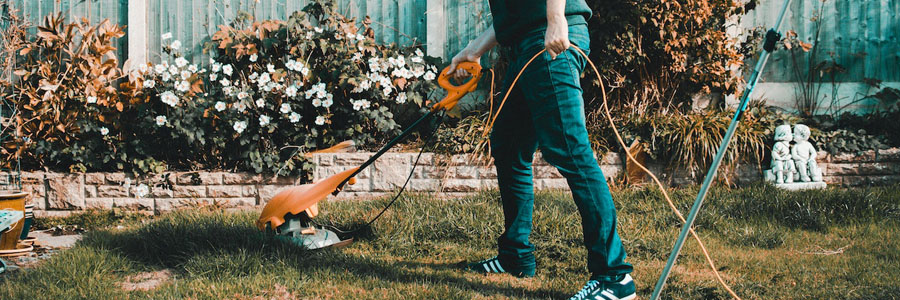Maintaining your home and surroundings in Manitoba
 Image by Lisa Fotios from Pexels. CC0
Image by Lisa Fotios from Pexels. CC0
Did you know that there are standards for maintaining your home in Manitoba?
These standards are not only about keeping your area beautiful, clean, and orderly. More importantly, these rules keep you and your family safe and healthy.
These standards can also be your guide when looking at apartments and rentals. Make sure that the landlord is following livability standards to ensure a good stay.
Here are the five most important livability standards:
Yards and exteriors
Your outdoor space is the first impression your home makes. From well-trimmed yards to sturdy fences and secure roofs, these elements do not only enhance your home’s appeal but also prevent potential hazards. The city regulations say that properties must be free of garbage and clutter, which could pose fire, injury, or health risks. An unkempt yard – full of tall grass or noxious weeds, or has junk and garbage– can be reported to the City (311). Owners of unmaintained yards may be fined as high as $2000 (for garbage on property), under the Unsightly Premises By-Law.
Interior security and safety
As Manitoba experiences cold winters, it’s crucial to ensure that your interior is safe and warm. Regular maintenance of floors, walls, ceilings, and stairs is essential. Equally important are accessible exits and entrances, along with functioning fire and smoke alarms to safeguard your loved ones. Preventing insect or rodent infestation not only maintains hygiene but also prevents health issues (read How to keep your home pest-free in winter for more tips).
Heating and water
Proper heating and water supply are fundamental for a comfortable living space. Regularly check your heating systems and pipes to avoid freezing during the winter months. Timely repairs and maintenance should be a policy of homeowners as well as landlords. This ensures a cozy home environment throughout the year. It also saves you from bigger costs later on.
The City has specific rules about heating standards. It outlines the ideal temperature to be maintained, as well as the proper use of heating equipment and appliances. In line with this, homeowners must also know the electrical services and ventilation requirements for every area of the house.
Offering Rentals
Offering up a spare bedroom or your basement for rent is great way to earn money for space you don’t use. This not only provides you with an additional income, it can also help others find affordable housing. Ensure that your rental space complies with safety and livability standards for your tenants. For example, a single-family detached dwelling can have up to two boarders who pay rent. In this arrangement, the owner of the house would have the responsibility for the care and control of the whole house. Read the Rental Property and By-law Compliance for the complete requirements.
Vehicles
While this might seem unrelated, the state of your vehicles matters too. Abandoned or non-functioning vehicles can not only be an eyesore but also violate local regulations. Keep your vehicles well-maintained and parked appropriately to contribute to the overall tidiness of your neighborhood.
To know more details about these standards, check the City of Winnipeg Livability By-Law Quick Guide (or your specific area’s Livability By-Law, for example the Community Standards Bylaw in Brandon).
By adhering to these standards, you make your home a pleasant place to live in and also contribute to the livability of your community. Remember, these guidelines aren’t just rules; they are pathways to creating a safer, healthier, and more beautiful environment for everyone.
Sources: City of Winnipeg Livability By-Law Quick Guide; Standards of Maintenance of Residential Properties: A guide for property owners, landlords, and tenants, City of Winnipeg; Neighbourhood Liveabilty By-Law No. 1/2008. Accessed August 30, 2023.
